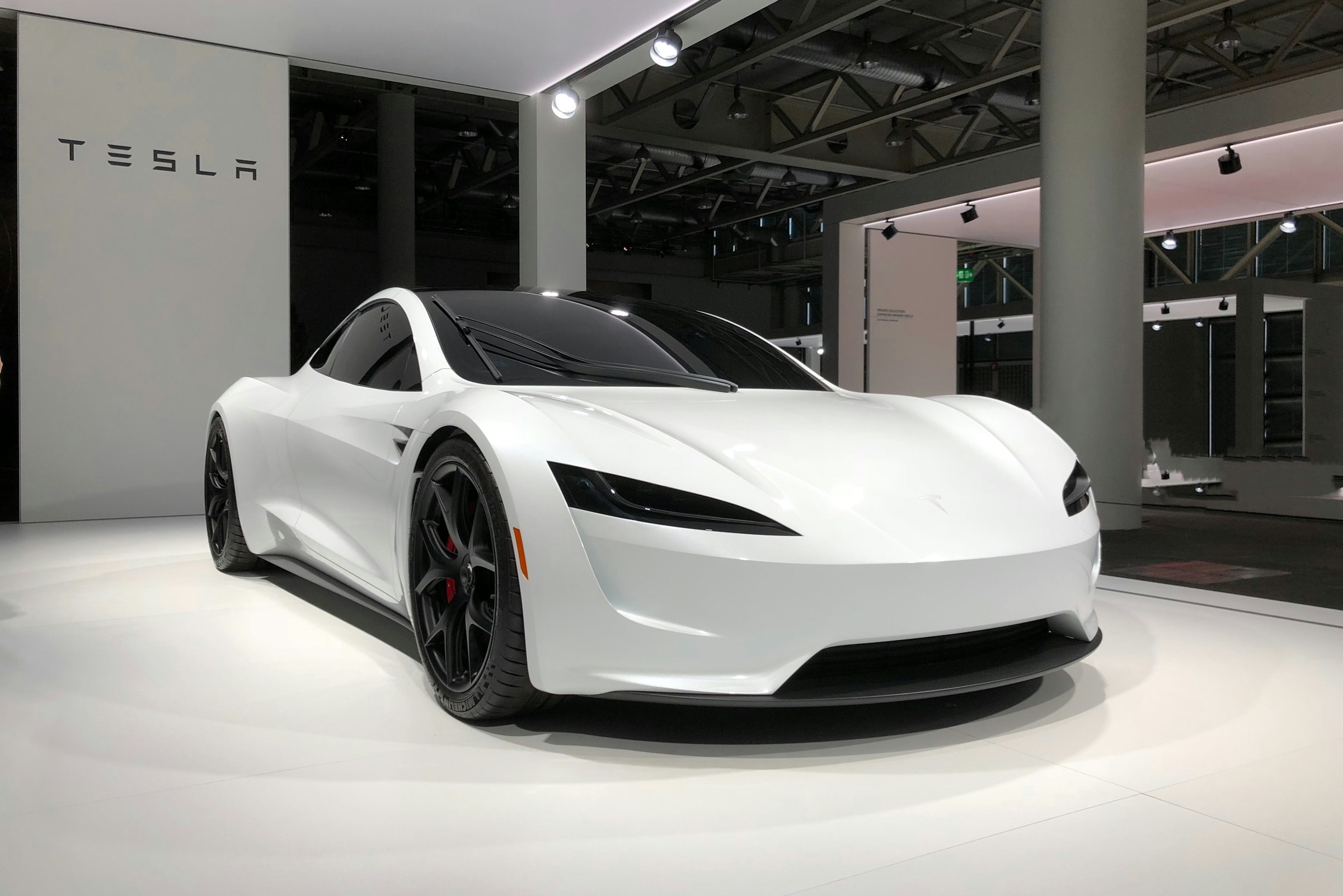Tesla’s falling profits—and the sharp dip in global EV deliveries—reveal a business model under stress, not just a sales cycle wobble. The company posted its lowest quarterly profit in years, with margins squeezed and growth momentum tapering off. At first glance, this looks like a demand issue. But peel back the layers, and it becomes clear that Tesla’s strategic logic around product, pricing, and diversification is unraveling in real time.
While Elon Musk continues to sell a vision of robotaxis and AI-driven full self-driving (FSD), the company’s core business—selling electric vehicles—faces pricing pressure, feature fatigue, and intensifying competition. That’s not just a revenue problem. It’s a sign that Tesla’s entire model needs recalibrating for a maturing market.
Tesla’s playbook has long centered on end-to-end control: in-house batteries, proprietary software, direct-to-consumer sales, and aggressive global plant scaling. The logic was sound—owning more of the value chain offered margin protection and resilience against supply chain shocks.
Tesla also made EVs aspirational. The Model S and Model X signaled performance; the Model 3 and Model Y offered affordability. It was a masterclass in category creation. But that logic assumes two conditions: that early-mover advantage would endure, and that demand would remain inelastic to price. Both are now breaking.
In the past year, Tesla has slashed prices across markets—up to 20% in some regions—to defend volume. The outcome? Gross margins fell below 18%, down from over 25% just two years ago. That erosion isn’t trivial. For a capital-intensive business, margin compression threatens the viability of reinvestment in next-generation vehicles or infrastructure.
More worrying is the cannibalization effect. The Model 3 refresh, dubbed the “Highland” version, has confused positioning. The Model Y—its best-seller—is caught between being a mass-market SUV and a mid-tier aspirational vehicle. Meanwhile, FSD remains expensive and controversial, with no clear regulatory path to monetization.
Put simply, Tesla’s product stack is no longer moving in sync with market expectations. Price-sensitive buyers are looking to cheaper alternatives from BYD or Hyundai. Brand-loyal early adopters are fatigued by minor upgrades without breakthrough innovations.
Tesla has long pushed the narrative that it’s not just a car company—it’s a tech company. But the software component hasn’t justified its price tag. FSD still carries a $12,000 price point with limited functionality in most markets, and subscriptions are flat. Over-the-air updates, once a differentiator, are now standard across legacy automakers.
What’s more, Tesla lacks a true recurring revenue model. Unlike Apple or Adobe, its product experience does not improve significantly over time in ways that justify continuous customer payments. That makes every vehicle sale a one-time transaction—without the comfort of SaaS-style predictability.
Even energy storage and Supercharger expansion haven’t meaningfully filled the monetization gap. Tesla Energy remains a small contributor to revenue, and opening up Superchargers to non-Tesla vehicles dilutes brand exclusivity.
Compare this with BYD, which now outsells Tesla in global EV units. BYD doesn’t chase a tech halo. It sells EVs the way Toyota sells Camrys—efficiently, affordably, and at scale. BYD has ruthlessly optimized for domestic market depth in China and is now expanding through exports with models tailored for Southeast Asia, Latin America, and Europe.
Its hybrid strategy also allows price segmentation that Tesla has resisted. The plug-in hybrid (PHEV) options serve a different consumer tier, extending range while managing battery cost—a flexibility Tesla has refused to explore.
In short, while Tesla leaned hard on software as the differentiator, BYD focused on customer base diversification and production agility. That strategic divergence is now showing up in volume and margin resilience.
Tesla’s current struggle isn’t about EV skepticism. The EV market is growing. It’s about strategic misread of what phase of the product lifecycle it’s in. Tesla still operates like a category pioneer in a maturing category. The early-stage playbook—own everything, tell a bold vision, ride hype—is no longer yielding the same strategic leverage. What the market needs now is segmentation, localization, and margin discipline.
Instead, Tesla is doubling down on speculative futures: humanoid robots, FSD at Level 5 autonomy, and robotaxi fleets. These may eventually unlock new growth, but they don’t address the structural margin risk facing the business today.
Tesla doesn’t need more vision. It needs tighter product-market fit, smarter pricing architecture, and a software model that earns its valuation. Until then, its declining profit margins are not a detour—they’re a signal that the model, not just the market, needs to evolve.





.jpg&w=3840&q=75)




.jpg&w=3840&q=75)
-1.jpg&w=3840&q=75)



